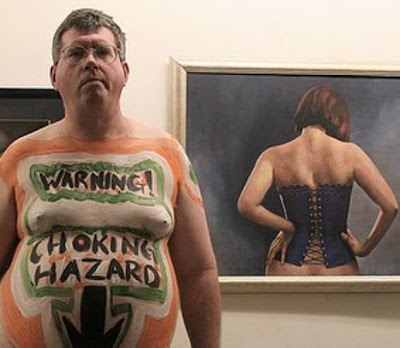
Audrey Justine Tautou; born 9 August either in 1976 or 1978 is a French film actress, known to worldwide audiences for playing the title character in the award-winning 2001 film Amélie, Sophie Neveu in the 2006 thriller The Da Vinci Code, and more recently Irène in Priceless (2006). She won the César Award for Most Promising Actress in Venus Beauty Institute (1999).

If you haven't seen "Amelie", I highly recommend it. It is a visually stunning fable with really spectacular cinematography, and if you don't fall in love with Audrey Tautou watching it there's something wrong with you.














































